 |
| September 15, 2020 | Volume 16 Issue 35 |
Designfax weekly eMagazine
Archives
Partners
Manufacturing Center
Product Spotlight
Modern Applications News
Metalworking Ideas For
Today's Job Shops
Tooling and Production
Strategies for large
metalworking plants
First new Maserati supercar in 15 years: MC20
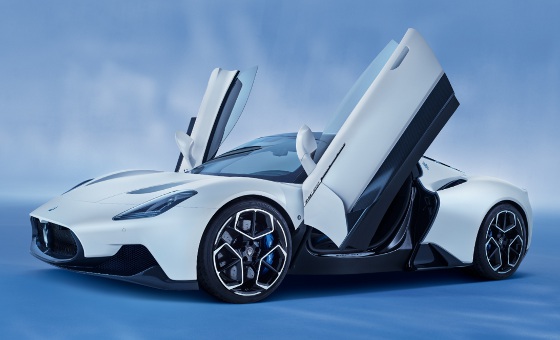
Good things come to those who wait -- at least if you're a Maserati fan. After a long supercar dry spell, the Italian luxe car maker has come through with the bold and yet refined MC20, the 630-hp successor to the MC12 that features a new twin-turbo V6 engine design and smooth lines that give it a lot of swagger. All-electric and convertible versions are also in the works.
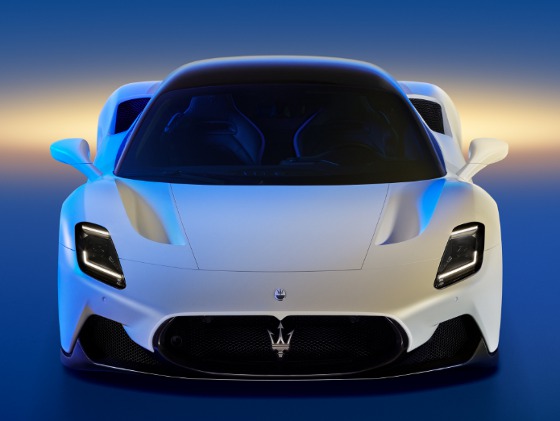
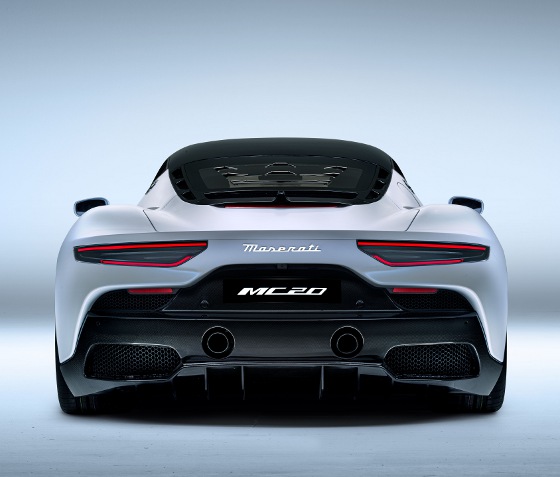
For a supercar, the new MC20 (MC for Maserati Corse and 20 for 2020) has an almost understated, sporty soul. Featuring an ultra-light carbon-fiber monocoque, the car is under 3,300 lb and extremely aerodynamic. It is the first Maserati with butterfly doors. The heart of the MC20 is a V6 twin-turbo MTC (Maserati Twin Combustion) gasoline engine, entirely produced at the Modena, Italy, plant -- the first in over 20 years and an important Maserati patent.
Located at the rear of the vehicle, in keeping with traditional racing configurations, this unique engine features Formula 1 technology and its own name. The new power unit has a V90-degree architecture, with a 3-liter, 6-cylinder twin turbo, and features a dry sump (a classic solution on super sportscars). It delivers 630 hp at 7,500 rpm and 730 Nm of torque from 3,000 rpm. It's called the Nettuno (which means Neptune in Italian and goes along nicely with the brand's trident logo), and it propels the car from 0 to 60 mph in under 3 sec and a top speed over 200 mph. The compression ratio is 11:1, the stroke is 82 mm, and the bore 88 mm. The rear-wheel-drive car has an 8-speed dual clutch automatic transmission with paddleshift.
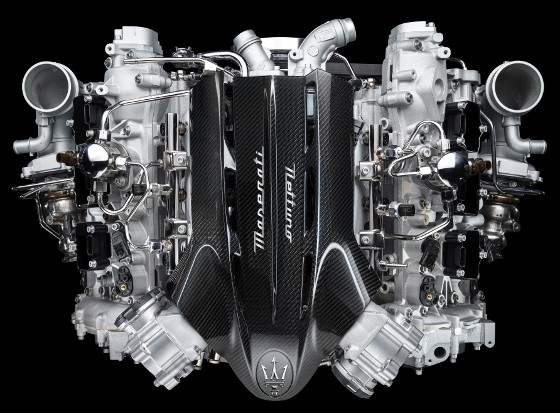
The heart of the engine is the innovative pre-chamber combustion system featuring twin-spark plugs. This technology is derived from Formula 1 and is now available, for the first time, on a road car engine. The engine has three main features:
- The pre-chamber: a combustion chamber is set between the central electrode and the traditional combustion chamber and connected by a series of specially designed holes.
- Lateral sparkplug: a traditional sparkplug acts as a support to ensure constant combustion when the engine is operating at a level that doesn't need the pre-chamber to kick in.
- Twin injection system, direct and indirect: Linked to the fuel supply pressure at 350 bar, the system reduces noise low down on the rev range, lowering emissions and improving consumption.
Maserati designed the MC20 to be the natural evolution of the highly successful MC12, the car that in 2004 marked Maserati's return to racing after 37 years. The MC12 won 22 races (including three victories in the 24 Hours of Spa) and 14 Championship titles across the Constructors' Championship, Drivers' Championship, and Teams' Championships in the FIA GT from 2004 to 2010. Maserati says it will return to the world of racing with the MC20.
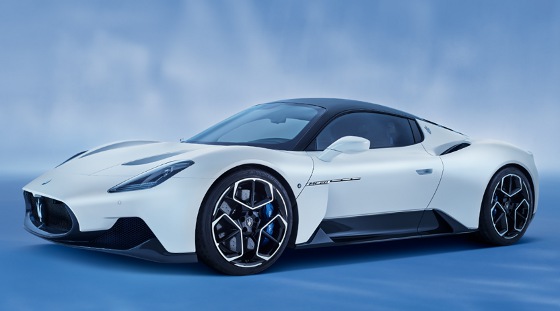
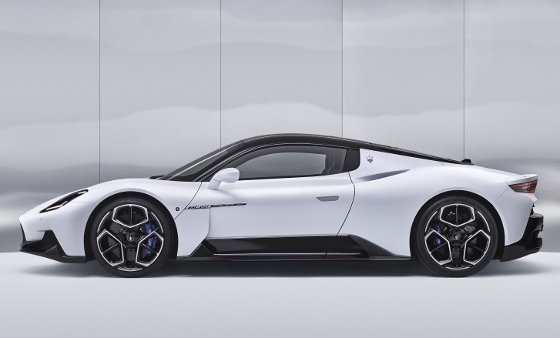
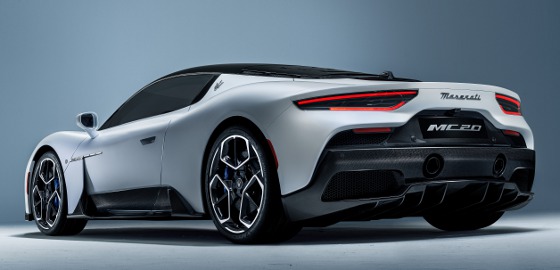
The MC20 design was produced in about 24 months, with a team of Maserati Innovation Lab engineers, technical specialists from the Maserati Engine Lab, and designers from the Maserati Style Center. The Virtual Vehicle Dynamics Development system, which includes the use of one of the world's most advanced dynamic simulators, was developed in-house by the Maserati Innovation Lab and is based on a complex mathematical model called "Virtual Car." Ninety-seven percent of the dynamic tests were completed using this method, which greatly optimized development times. The car was then fine-tuned with exhaustive track and road test sessions.
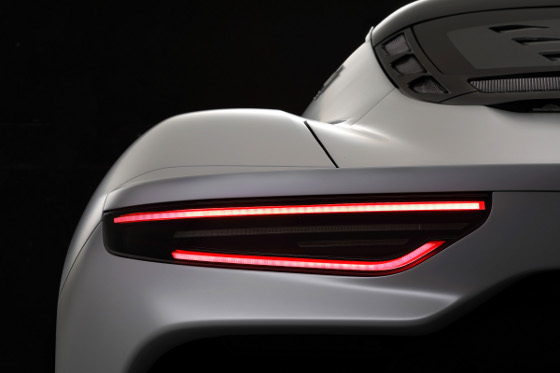
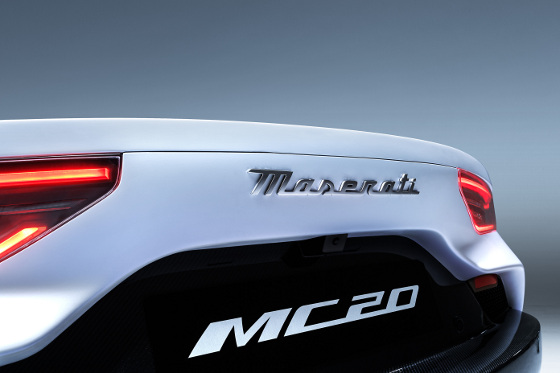
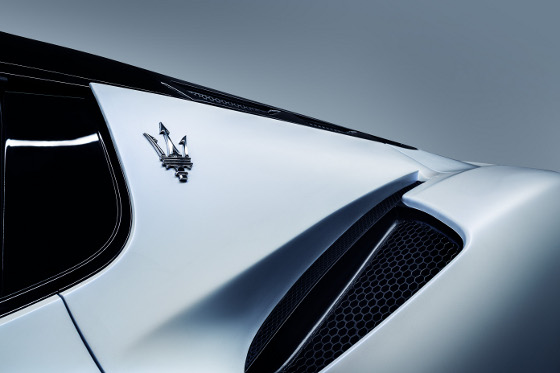
The aerodynamics were designed through over 2,000 man-hours in the Dallara Wind Tunnel and more than a thousand CFD (Computational Fluid Dynamics) simulations, which enabled the creation of a real work of art. The resulting car has a sleek line, with only a discreet rear spoiler that improves downforce without detracting from the MC20's design language. The car is designed to create downforce by channeling air under and through the car (vortex generators at the front, significant design work on the underbody) as opposed to primarily over the top of it, which keeps the overall design very clean.
Inside the cabin, the driver is always central. Every component has a purpose and is completely driver-oriented. There are simple forms, very few sharp edges, and minimal distractions. There are two 10-in. screens, one for the cockpit and the other for the Maserati Touch Control Plus system. Simplicity is also the keynote of the carbon fiber-clad central console, with just a few features: the wireless smartphone charger, the driving mode selector (GT, Wet, Sport, Corsa, and ESC Off, which deactivates the control functions), two speed selection buttons, the power window controls, the Multimedia System controls, and a handy storage compartment underneath the armrest. All the other controls are on the steering wheel, with the ignition button on the left and the launch control on the right.
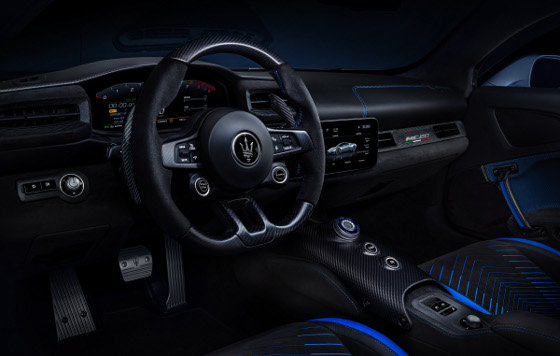
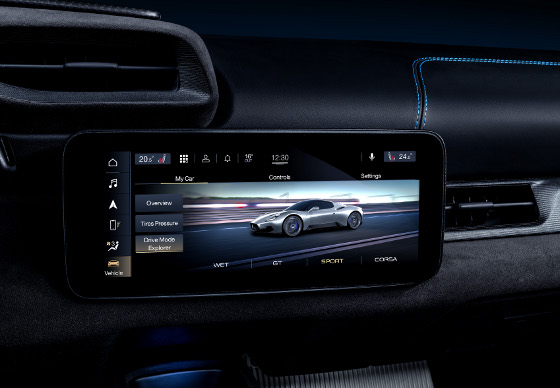
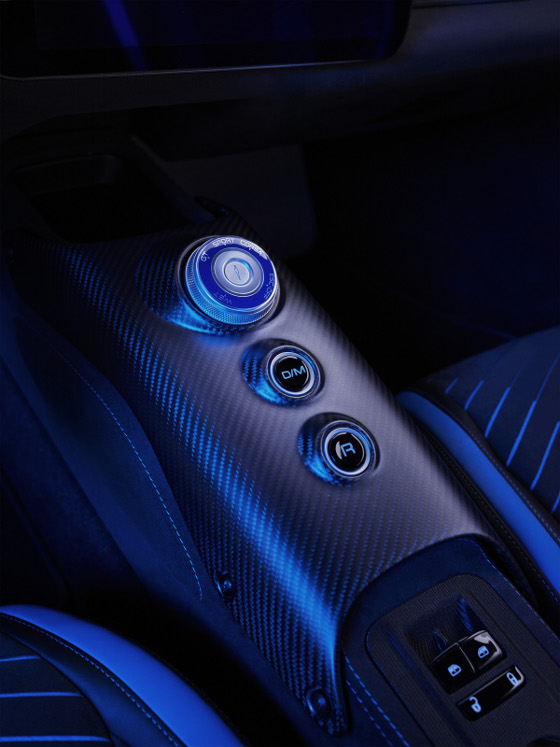
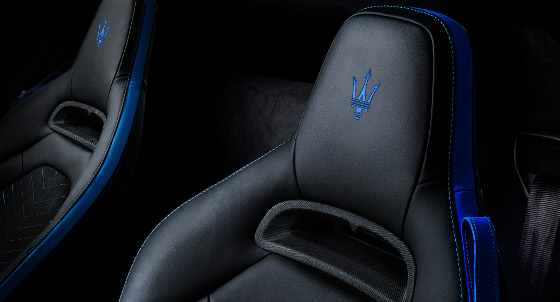
Maserati has also developed six new colors for the MC20: Bianco Audace (isnpired by glaciers, it is white with a noticeable blue undertone), Giallo Genio (yellow), Rosso Vincente (red), Blu Infinito (electric blue), Nero Enigma (black), and Grigio Mistero (dark gray).
The production launch is scheduled for the end of 2020. Pricing starts at $215,000.
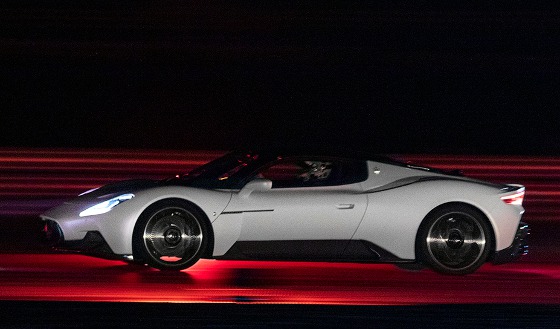
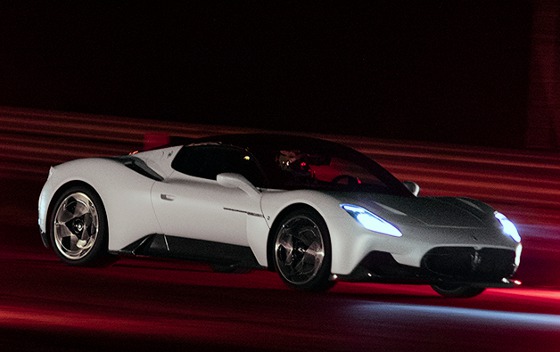
Learn more at www.maserati.com/us/en/models/mc20.
Source: Maserati
Published September 2020
Rate this article
View our terms of use and privacy policy
